Evaluating the Psychometric Quality of Classroom English Assessments through the Rasch Model
DOI: 10.23977/langl.2025.080502 | Downloads: 3 | Views: 318
Author(s)
Jiayun Xue 1, Meihua Chen 1, Jiayi Su 2
Affiliation(s)
1 School of Foreign Languages, Southeast University, No. 2, Southeast University Road, Jiangning District, Nanjing, 211189, China
2 Wujiang Yunlong Experimental School Affiliated to Shanghai WFL Education, No. 555, Huxin West Road, Wujiang District, Suzhou, Jiangsu, 215299, China
Corresponding Author
Meihua ChenABSTRACT
This study applied Rasch modeling to evaluate the psychometric quality of a regional middle school English assessment. Data were drawn from a stratified cluster sample of 598 seventh-grade students across seven schools. Analyses included item fit statistics, separation indices, a Wright map to examine how well the test measured student ability and distinguished proficiency levels. Results showed strong reliability and good model-data fit, with most Infit and Outfit MNSQ values within acceptable ranges. The test was well targeted for average students but contained few very difficult or easy items, limiting precision at the extremes. Content analysis also revealed redundancy in items testing similar vocabulary and grammar. To improve measurement efficiency and fairness, the study recommends adding both challenging and easier items and refining overlapping content. The findings demonstrate the value of Rasch analysis in guiding evidence-based improvements to classroom-based language assessments.
KEYWORDS
Rasch Model; English Test; Middle School English; Test Quality AnalysisCITE THIS PAPER
Jiayun Xue, Meihua Chen, Jiayi Su, Evaluating the Psychometric Quality of Classroom English Assessments through the Rasch Model. Lecture Notes on Language and Literature (2025) Vol. 8: 6-13. DOI: http://dx.doi.org/10.23977/langl.2025.080502.
REFERENCES
[1] Effatpanah, F., Baghaei, P., Ravand, H., & Kunina-Habenicht, O. (2024). Fitting the mixed Rasch model to the listening comprehension section of the IELTS: Identifying latent class differential item functioning. International Journal of Testing, 25(1), 50–89.
[2] Baker, R. (1987). An investigation of the Rasch model in its application to foreign language proficiency testing. Unpublished PhD thesis. University of Edinburgh, Edinburgh.
[3] McNamara, T., Knoch, U., & Fan, J. (2019). Fairness, justice and language assessment. Oxford: Oxford University Press.
[4] Dunya, B. A., & Wind, S. A. (2025). Exploring the effects of small item pools on examinee achievement estimates for computer-adaptive tests: A simulation study. International Journal of Testing, 25(2), 127–143.
[5] Yan, X. (2014). An examination of rater performance on a local oral English proficiency test: A mixed-methods approach. Language Testing, 31(4), 501–527.
[6] Deygers, B., Van den Branden, K., & Peters, E. (2017). Checking assumed proficiency: Comparing L1 and L2 performance on a university entrance test. Assessing Writing, 32(2), 43–56.
[7] Isbell, D. R. (2017). Assessing C2 writing ability on the Certificate of English Language Proficiency: Rater and examinee age effects. Assessing Writing, 34(1), 37–49.
[8] Kang, O., Yan, X., Kostromitina, M., Thomson, R., & Isaacs, T. (2024). Fairness of using different English accents: The effect of shared L1s in listening tasks of the Duolingo English test. Language Testing, 41(2), 263–289.
[9] Zhan, L., & Bai, Y. (2024). Assessment of middle school students' scientific literacy based on the Rasch model. Journal of Southeast University, 26(2), 45–48.
[10] Aryadoust, V., & Luo, L. (2022). The typology of second language listening constructs: A system atic review. Language Testing, 40, 375–409.
[11] Chen, Y., & Zhou, R. (2018). An investigation of the quality of English perfect fill-in-the-blank questions in the college entrance examination based on Rasch model. Foreign Language Testing and Teaching, (1), 39–47, 64.
| Downloads: | 51421 |
|---|---|
| Visits: | 1011229 |
Sponsors, Associates, and Links
-
Journal of Language Testing & Assessment
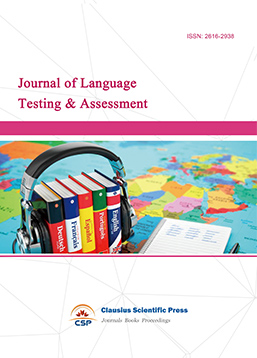
-
Information and Knowledge Management
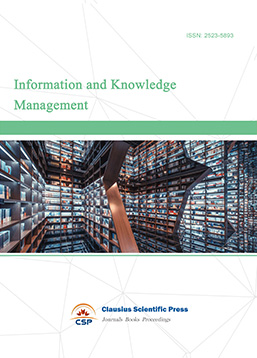
-
Military and Armament Science
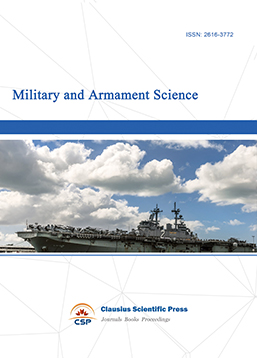
-
Media and Communication Research
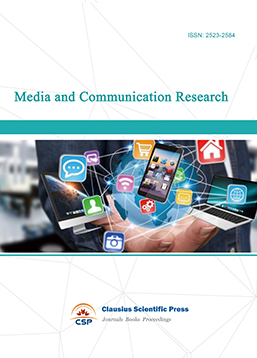
-
Journal of Human Movement Science
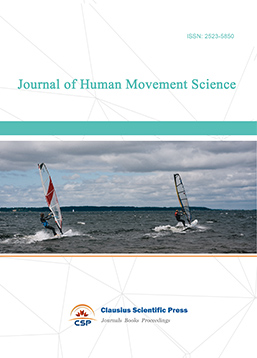
-
Art and Performance Letters
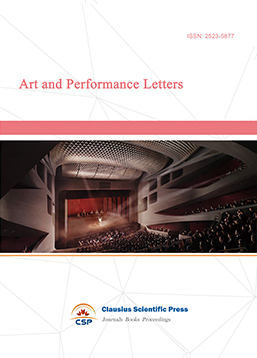
-
Lecture Notes on History
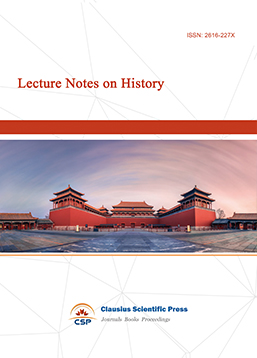
-
Philosophy Journal
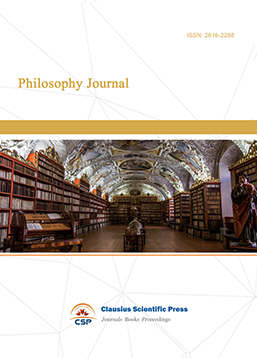
-
Science of Law Journal
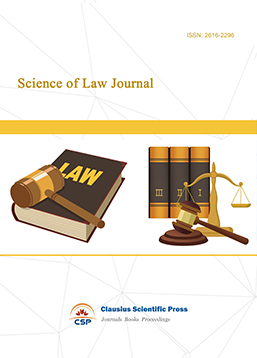
-
Journal of Political Science Research
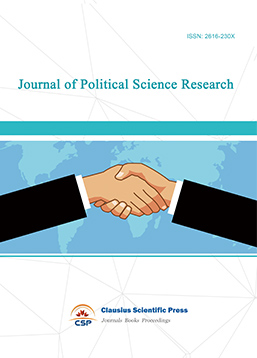
-
Journal of Sociology and Ethnology
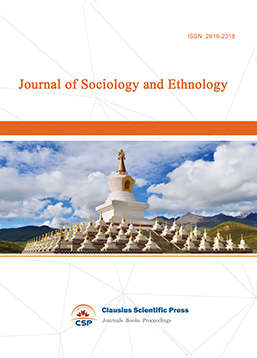
-
Advances in Broadcasting
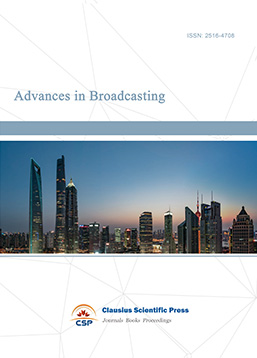

 Download as PDF
Download as PDF